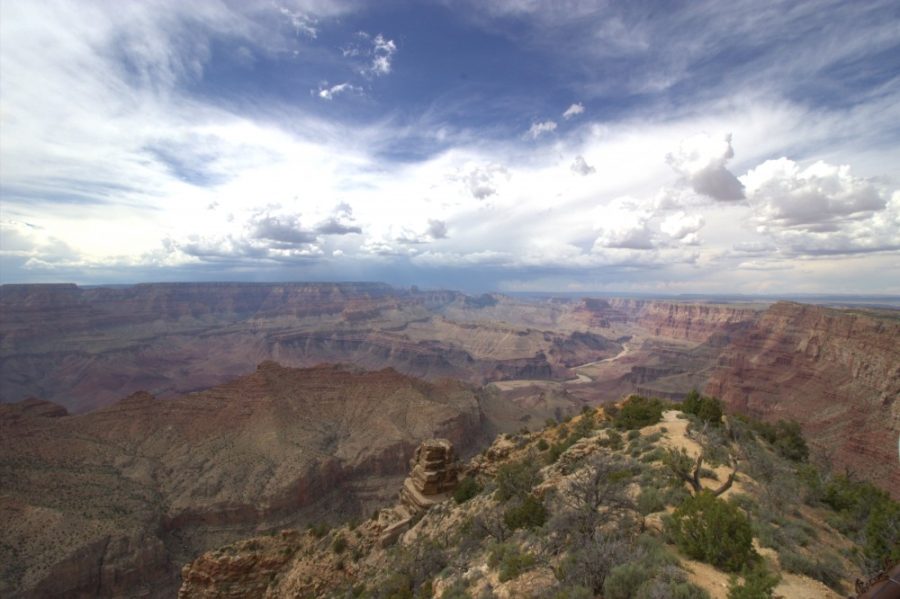One of the things that makes our state unique—other than the unbearable 90-plus-degree temperatures—is the fact that Arizona possesses some of the best hiking destinations in the Southwest.
“Though it sometimes gets written off as a monotonous desert, Arizona is an extremely diverse state with fantastic and surprising natural wonders,” said Connor Swanson, a nursing junior.
From steeply inclined locations such as the Grand Canyon to more beginner friendly destinations like the Atascosa Mountains, Arizona possesses a geographically diverse area with hiking destinations suited for every individual.
Without further ado, here are the top five hiking destinations in Arizona:
1. Grand Canyon
At number one is no surprise: the Grand Canyon, the first location that comes to mind for tourists and Arizona natives alike. Stretching over 277 miles with an average depth of 6,093 feet, the Grand Canyon is one of the most challenging hiking destinations, even for the avid hiker. Options vary for those who want to hike during the day. The Rim trail offers great views of the inner canyon and is suited for those with little to no hiking experience. The Bright Angel trail, on the other hand, stretches for more than 12 miles all the way to the Colorado River. The Grand Canyon National Park advises that visitors and hikers do not attempt hiking down to the river and back in the same day.
2. Humphreys Peak
An article regarding the top five hiking destinations in Arizona would not be complete without acknowledging the tallest mountain in the state. At 12,633 feet, Humphreys Peak remains the highest natural point in the state of Arizona. The main trail, known as Humphreys Peak trail, leads to the summit and follows a gradual climb before turning into a more strenuous and difficult hike. Along the trail, hikers will come upon flower-covered meadows before reaching a dense forest. The trail length is approximately 4.5 miles to the summit, and hikers are advised to only attempt this trail during the months of June to October. The winter season generates low temperatures and heavy snow on the trail.
3. Camelback Mountain
Camelback is one of the most moderate hiking areas in Arizona. Located in Phoenix, Camelback Mountain is a popular destination for urban hikers who want to admire the beauty overlooking the sixth largest metropolis in the nation. An average of 300,000 hikers climb Camelback Mountain every year. Since the mountain offers four different trails with varying levels of difficulty, hikers will have an easier time ascending the summit.
4. Mount Wrightson
Located in southern Arizona in the Santa Rita Mountains, Mount Wrightson is one of the most popular hiking regions in the Tucson vicinity. At 9,453 feet, Mount Wrightson stands out to desert dwellers and local hikers. Two main trails lead to the mountain summit. The Super trail follows a 14-mile journey to the summit and has a south-facing slope. The other trail, Old Baldy, follows a steeper but shorter route to the top, making it the more popular option out of the two trails.
5. Picacho Peak
Located between Tucson and Casa Grande, Arizona, Picacho Peak is the most unique destination in Arizona because of its isolated desert peak. Unlike the previous hiking locations, Picacho Peak does not have a traditional route to the summit. Along the way, hikers rely on the use of steel cables and handrails for hand-over-hand climbing. Despite such a treacherous hike, the summit offers a stunning 360-degree view of the Sonoran Desert.
Information about these and other trails in Arizona can be found at luxeadventuretraveler.com.
Follow Ernesto Fierro on Twitter









